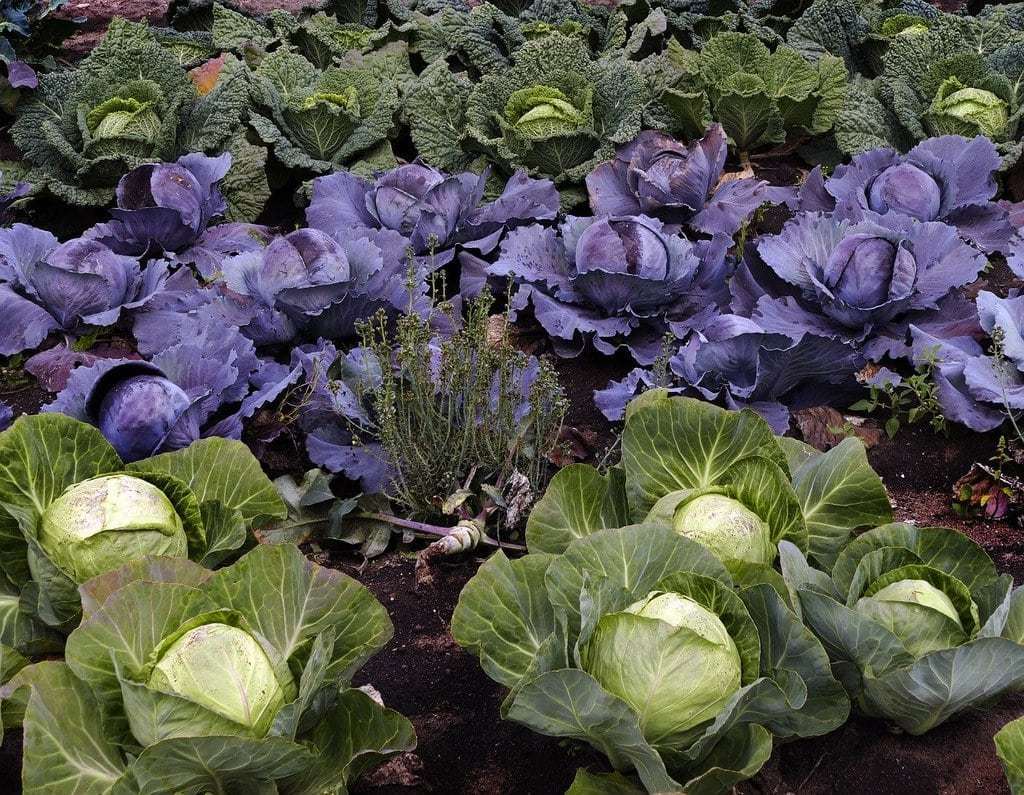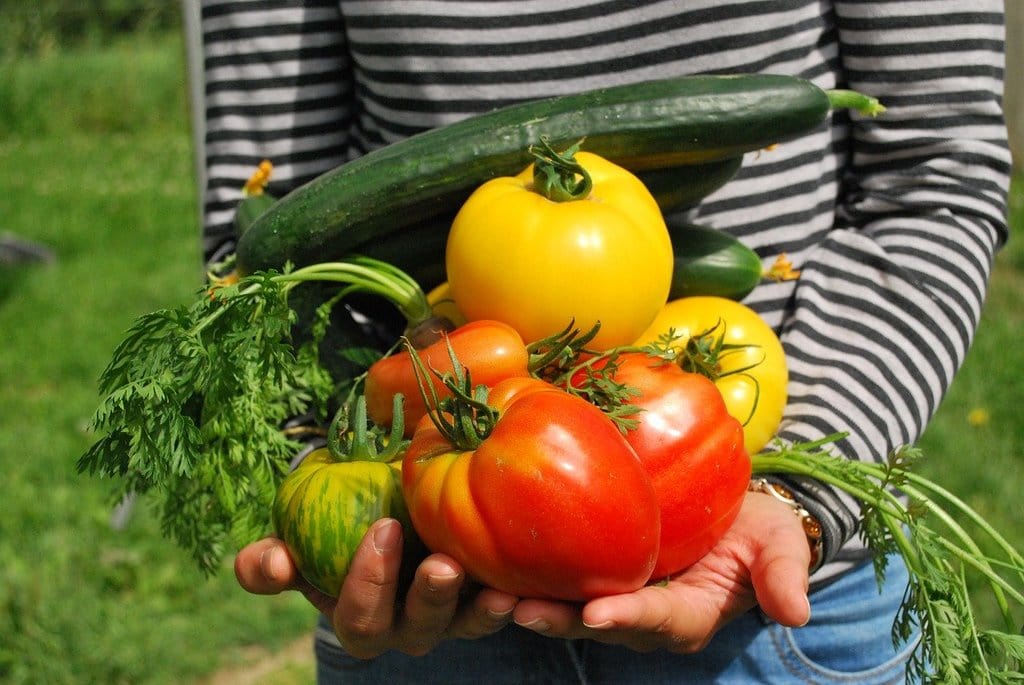Harnessing the power of nature’s bounty through seasonal ingredients is a timeless culinary art. The vibrancy and freshness of in-season produce not only elevate the flavor of dishes but also contribute to a sustainable and health-conscious lifestyle. By aligning your cooking with the natural rhythm of the seasons, you can create dishes that are both delightful and nutritious.
Crafting Culinary Masterpieces with Seasonal Ingredients
Cooking with seasonal ingredients brings an array of benefits. Freshly harvested produce is packed with nutrients, offering the best of both flavor and health. Additionally, seasonal ingredients are often more affordable and environmentally friendly, as they do not require extensive resources to grow and transport out of season. Embracing this approach can transform your culinary endeavors into a celebration of nature’s cycle.
The Benefits of Seasonal Cooking
Choosing to cook with seasonal ingredients connects you to the local environment and agricultural cycles. Fruits and vegetables picked at their peak ripeness offer superior taste and nutritional value compared to their out-of-season counterparts. For instance, a summer tomato is juicy and rich in flavor, unlike those available in the winter months, which can be bland and watery. This alignment with the seasons also encourages a varied diet, as different produce becomes available throughout the year, ensuring a broad spectrum of nutrients and flavors in your meals.

How to Identify Seasonal Ingredients
Understanding what produce is in season can be simple and rewarding. Local farmers’ markets are excellent resources for discovering what’s fresh and abundant. These markets often feature produce that has been harvested at its prime, offering superior quality and taste. Additionally, many supermarkets now label seasonal produce, making it easier to identify these options. Consulting seasonal produce guides available online can also help you make informed choices.
Incorporating Seasonal Ingredients into Your Cooking
Using seasonal ingredients in your cooking is a delightful journey of exploration and creativity. Here are some practical tips to help you get started:
- Visit local farmers’ markets: these are treasure troves of fresh, seasonal produce. Engage with farmers to learn more about the best ways to use their products.
- Plan your meals around seasonal availability: create a menu that highlights the freshest ingredients of the season.
- Experiment with new recipes: each season brings unique ingredients that can inspire new dishes. Embrace this variety to keep your cooking exciting.
- Preserve seasonal produce: canning, freezing, and pickling are excellent ways to enjoy seasonal flavors year-round.
Spring: a Time for Fresh Beginnings
Spring is synonymous with renewal and growth. This season offers an array of fresh greens, tender vegetables, and aromatic herbs. Asparagus, peas, radishes, and spinach burst onto the scene, bringing a refreshing lightness to dishes. Herbs such as mint and dill add a vibrant touch to springtime meals. Try a spring salad with mixed greens, radishes, and a lemon vinaigrette, or a pea and mint soup for a taste of the season’s bounty.
Summer: a Feast of Flavors
Summer is a time of abundance and variety. The warm months bring juicy berries, succulent tomatoes, and a plethora of herbs. This is the season for fresh salads, grilled vegetables, and fruit-based desserts. Imagine a caprese salad with heirloom tomatoes, basil, and mozzarella, or a berry tart made with fresh strawberries and blueberries. These dishes highlight the rich, sun-kissed flavors of summer produce.
Autumn: a Harvest Celebration
Autumn is a season of rich, earthy flavors. The harvest yields hearty vegetables like squash, pumpkins, and root vegetables, as well as crisp apples and pears. These ingredients lend themselves to comforting dishes such as roasted root vegetable medleys, pumpkin soups, and apple crisps. Incorporate spices like cinnamon, nutmeg, and cloves to enhance the warm, cozy essence of fall cooking.
Winter: embracing Comfort and Warmth
Winter brings a need for nourishment and warmth. This season’s produce includes hardy greens like kale and collards, as well as citrus fruits that add a burst of brightness to winter dishes. Root vegetables and squashes continue to feature prominently, perfect for stews and casseroles. A winter favorite could be a hearty kale and sausage soup, or roasted butternut squash with a hint of sage and garlic.
Tips for Maximizing Seasonal Ingredients
To fully benefit from the use of seasonal ingredients, consider these strategies:
- Join a CSA (Community Supported Agriculture): this supports local farmers and provides you with regular deliveries of fresh, seasonal produce.
- Learn to preserve: extend the life of seasonal produce by learning techniques like canning, fermenting, and drying.
- Get creative with leftovers: transform any leftover seasonal ingredients into new dishes, reducing waste and making the most of what you have.
Incorporating seasonal ingredients into your culinary practices not only enhances the flavor and nutritional value of your dishes but also fosters a deeper connection with the natural world. Embrace the changing seasons and let them guide you in creating delightful and healthful meals year-round.
